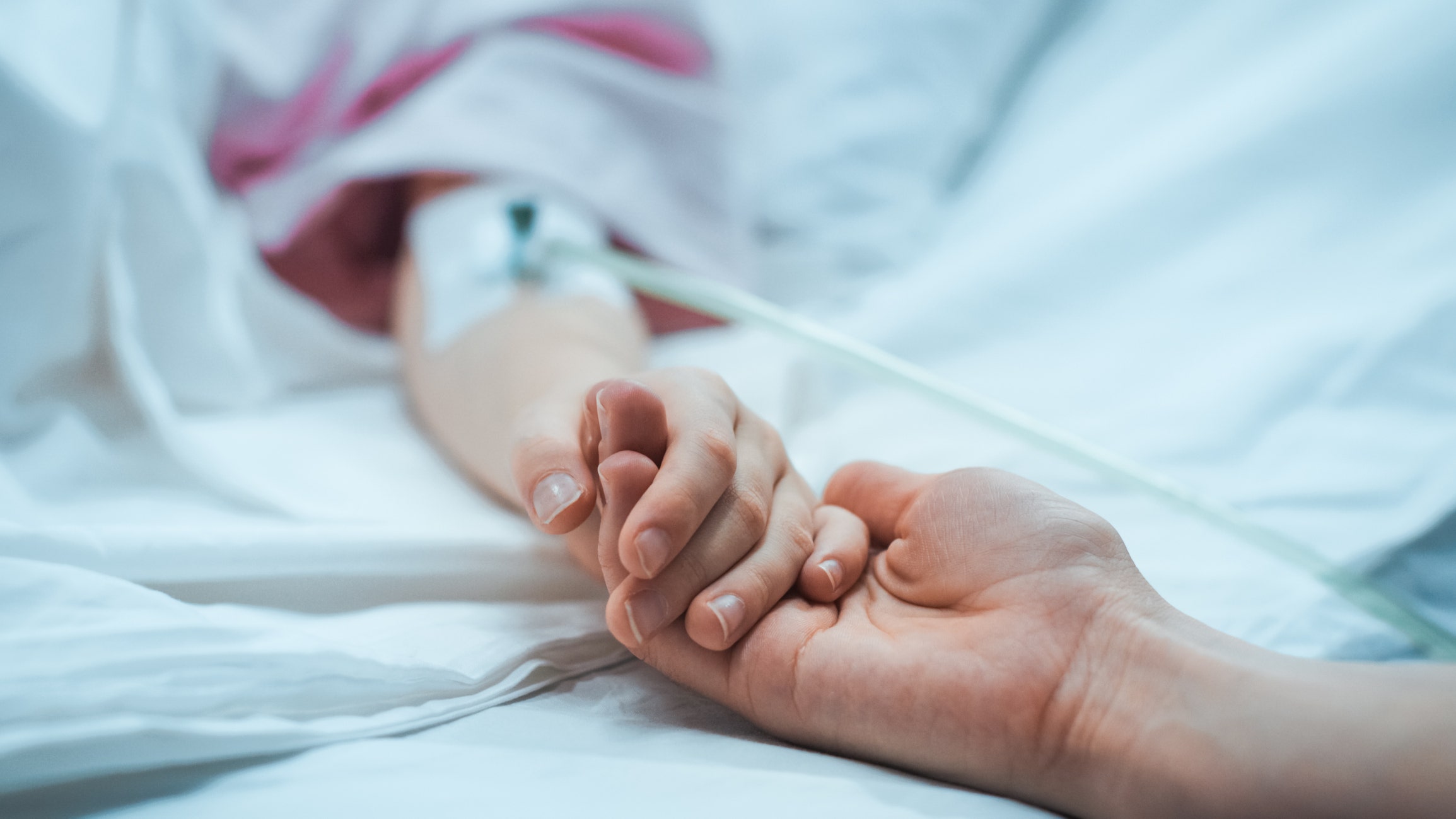Parents should monitor children for symptoms of a rare but potentially fatal inflammatory condition several weeks after a coronavirus infection, doctors in India say.
Children who faced an asymptomatic course of COVID-19 are still at risk of cascading to multi-system inflammatory syndrome (MIS-C) about four to six weeks post-infection. Reports have cropped up in India of children admitted to the hospital, breathless with a dropping blood pressure, and testing positive for COVID-19 antibodies, signaling past infection.
“I would worry about this condition. We simply don’t know how deep this problem is. It is worrisome we still don’t have data on the burden of this disease in India,” Dr. SP Kalantri, medical superintendent of Kasturba Hospital, said, per BBC.
HALF OF KIDS WITH CORONAVIRUS-LINKED MIS-C HAVE NEUROLOGICAL SYMPTOMS, STUDY FINDS
The true toll of India’s MIS-C cases is unknown as the country distances from a deadly second wave that ripped through the health care system. The first wave resulted in at least 2,000 cases of MIS-C, News18 reported, citing data from the Indian Academy of Paediatrics Intensive Care Chapter.
Dr Aarti Kinikar, a pediatrician working in Pune, located in the western Indian state of Maharashtra, told BBC of 30 such cases since April, 13 of which remain hospitalized. Most have suffered heart inflammation or myocarditis.
“The numbers are too many after the second wave,” Kinikar said.
RARE COVID-19-LINKED SYNDROME IN KIDS POSSIBLE IN ADULTS TOO, CASE REPORT NOTES
By way of comparison, as of May 3, the U.S. Centers for Disease Control and Prevention (CDC) has reported 35 deaths and 3,742 cases of MIS-C, half of which were among children aged 5 to 13. The agency advises parents to promptly contact a health care provider if children show symptoms like fever and stomach pain, bloodshot eyes, chest tightness/pain, diarrhea, fatigue, headache, low blood pressure, neck pain, rash and vomiting. Symptoms prompting immediate emergency care include trouble breathing, persistent pain or pressure in the chest, new confusion, inability to wake or stay awake and depending on skin tone, pale, gray, or blue-colored skin, lips, or nail beds.








